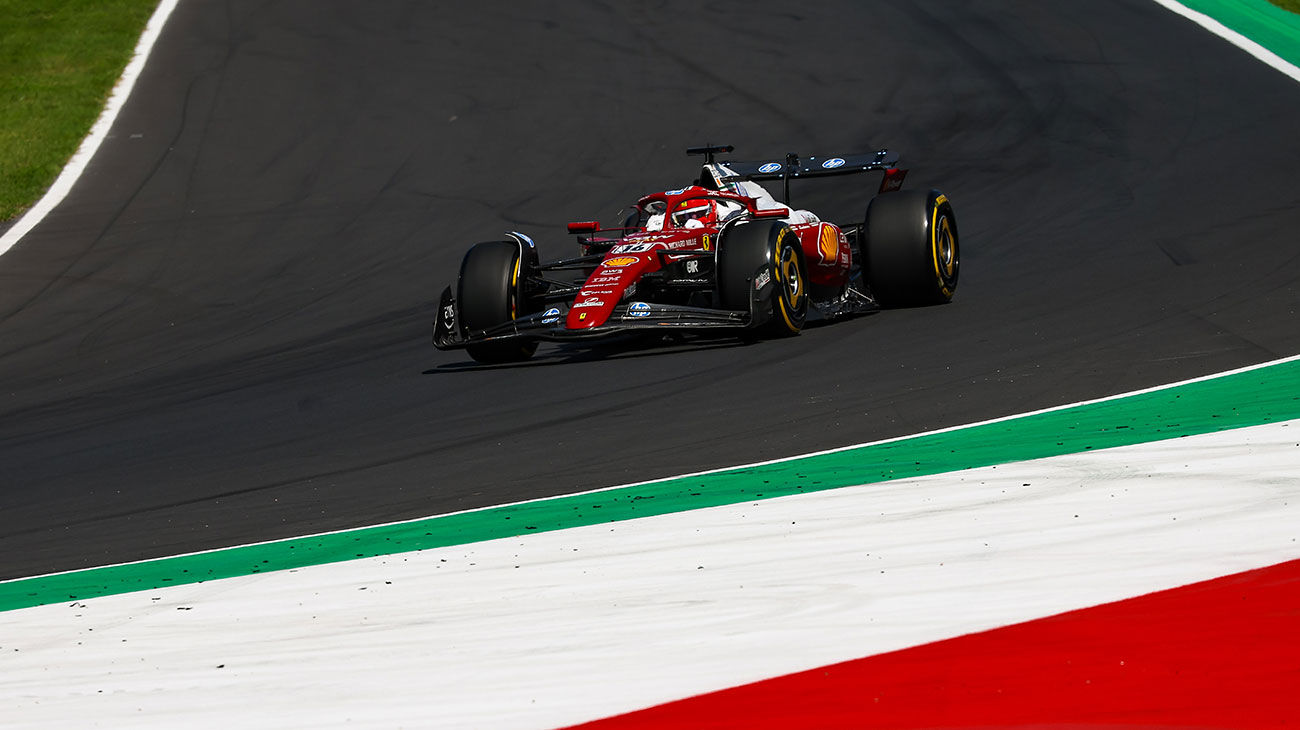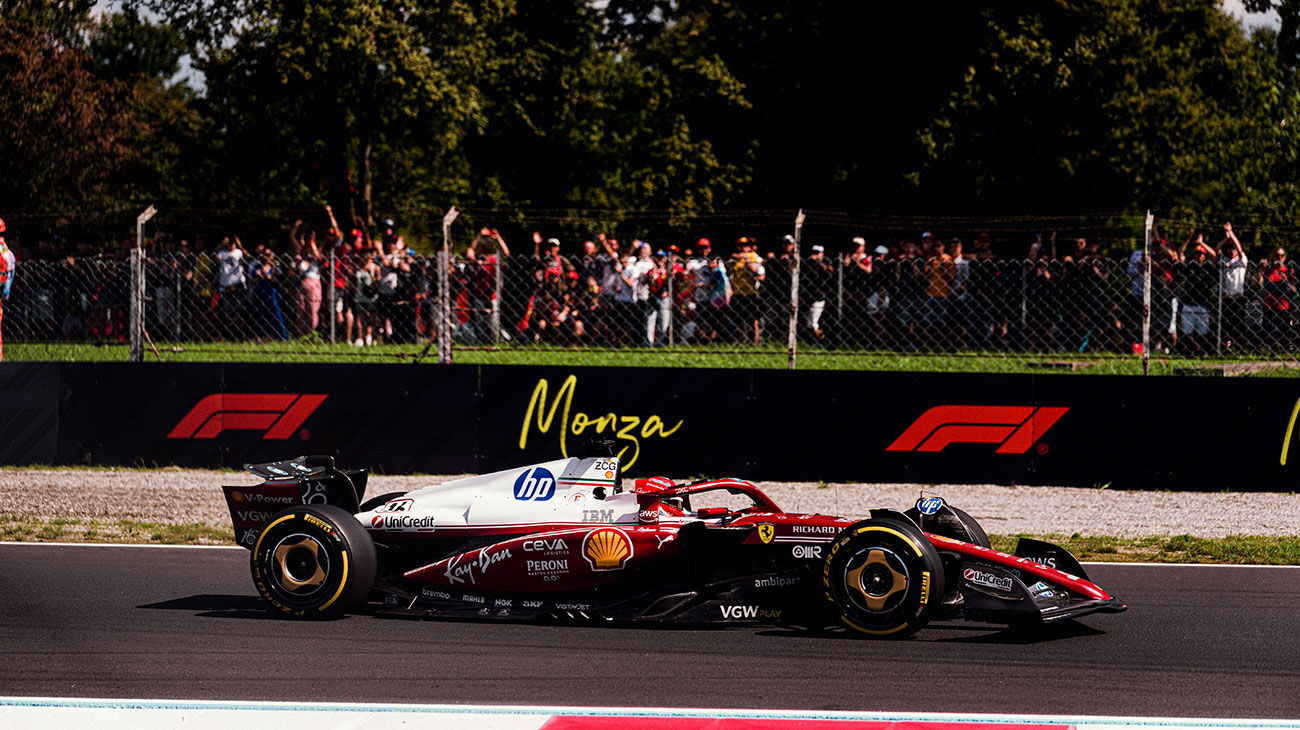


2025 RACE REVIEW
- CHARLES LECLERC
- Race Result4
- Fastest Lap1:21.294
- Pit Stop24.235 s
- Race Time1:13:49.949
- Gap from leader+25.624 s
- LEWIS HAMILTON
- Race Result6
- Fastest Lap1:21.546
- Pit Stop23.971 s
- Race Time1:14:01.774
- Gap from leader+37.449 s

#Charles16
#Lewis44

#Charles16
#Lewis44







- LocationMonza
- First GP1950
- CIRCUIT LENGTH5.793 km
- Race Distance306.72 km
- Laps53
- Lap Record1:21.046Rubens Barrichello (2004)

The first permanent circuit to be built in continental Europe
The Monza circuit has been pretty much a permanent fixture on the Formula 1 calendar, absenting itself just once in 1980 when the Italian GP was run at Imola. The Italian track, currently 5.793 kilometres in length, was the first permanent circuit to be built in continental Europe and remains one of the quickest, even if over the course of several years, three chicanes have been put in to slow the pace: the first is called the Ascari, as this was the spot where the two times Italian world champion lost his life. In the Nineties, there were further modifications to the second Lesmo corner. However, to this day, it is Formula 1’s superfast venue, a one of a kind which usually hosts the shortest race of the season, with averages speeds normally above 230 km/h. Scuderia Ferrari has triumphed here at home 19 times, the first occasion dating back to 1951 with Alberto Ascari and the last occurred in 2010 courtesy of Fernando Alonso.
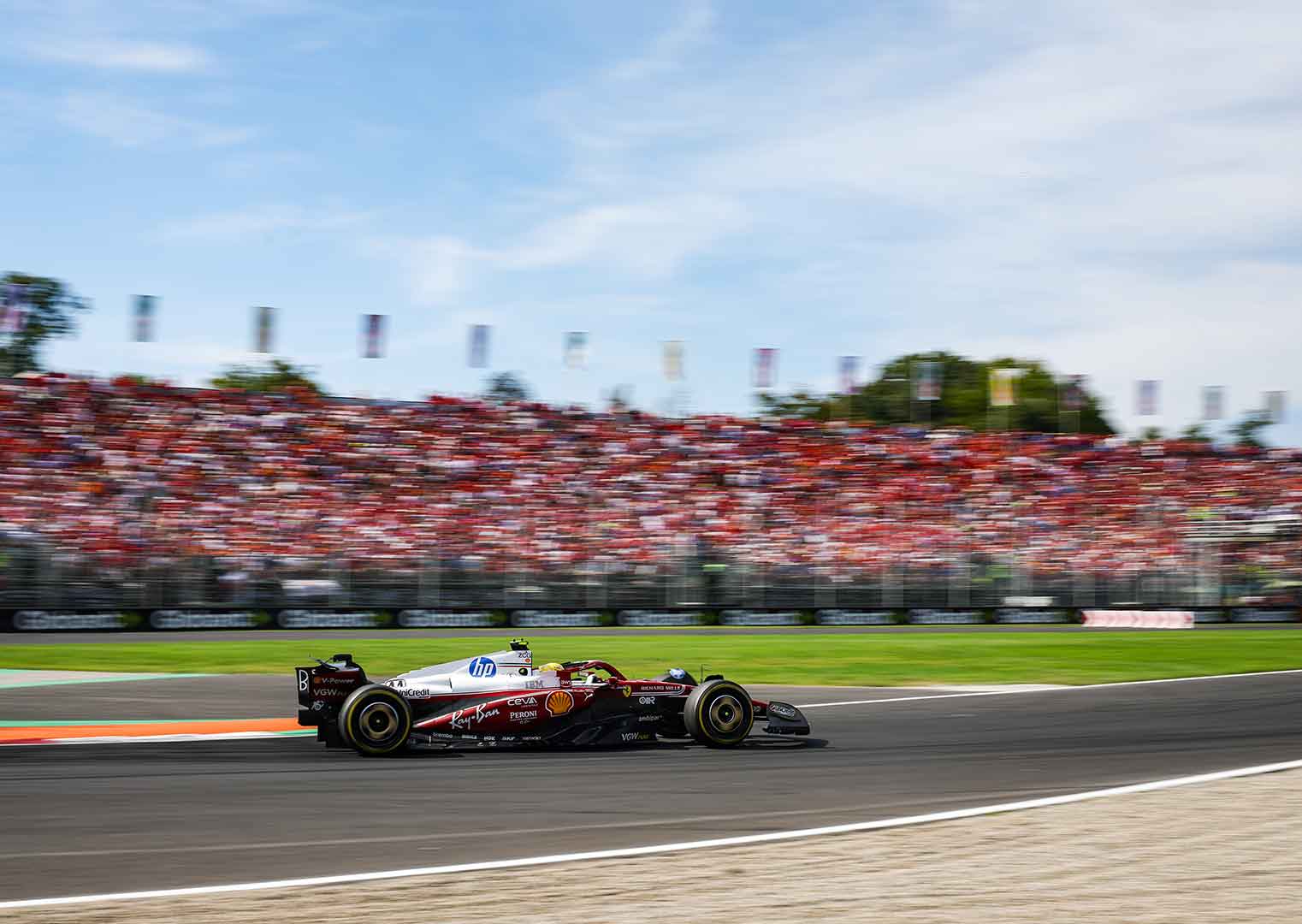
Monza is very complicated when it comes to the brakes, that are subjected to very heavy use. That’s especially true at the first chicane where cars decelerate from 300 km/h to under a hundred. It is one of the best places to try and overtake.
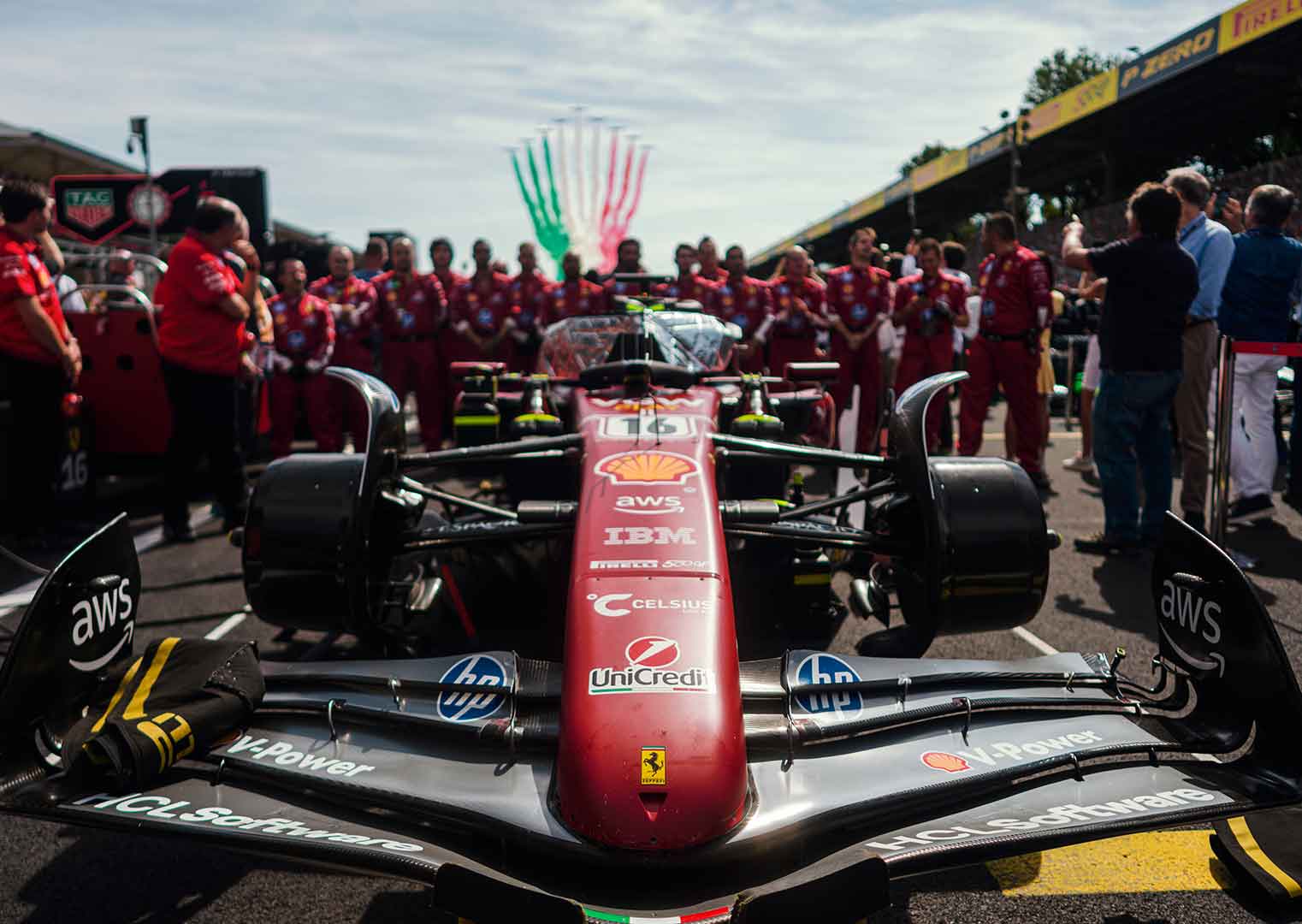
It’s vital to make a good exit to this turn, so as to be quick through Serraglio, one of the DRS activation zones, before getting the best run at the Ascari chicane.
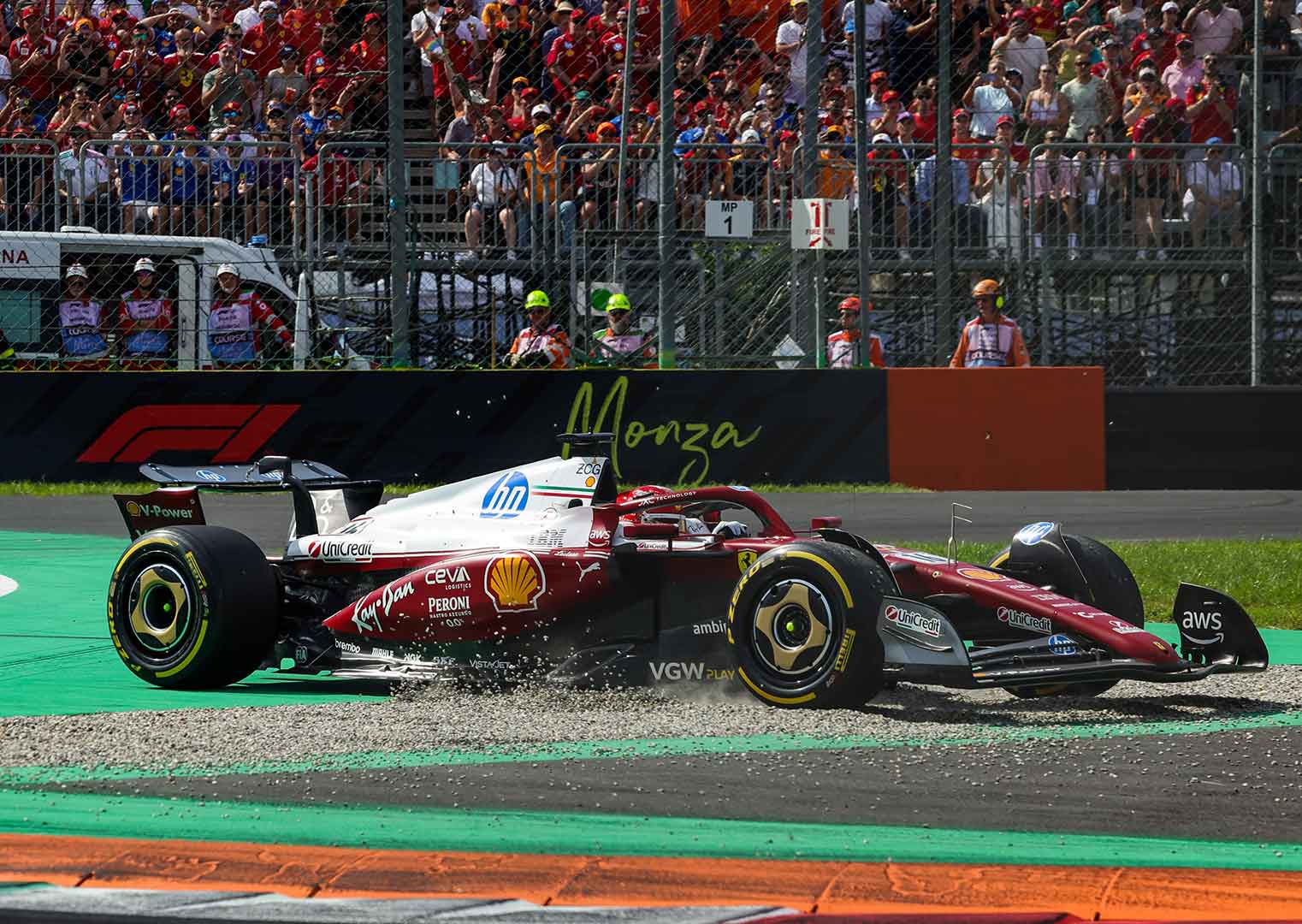
- 20RACE WINS
- 23POLE POSITIONS
- 19FASTEST LAPS
- 72PODIUMS

| year | driver | model |
|---|---|---|
1951 | Ascari | 375 F1 |
1952 | Ascari | 500 F2 |
1960 | Hill | 256 F1 |
1961 | Hill | 156 F1 |
1964 | Surtees | 158 F1 |
1966 | Scarfiotti | 312 F1-66 |
1970 | Regazzoni | 312 B |
1975 | Regazzoni | 312 T |
1979 | Scheckter | 312 T4 |
1988 | Berger | F1-87/88 |
1996 | Schumacher | F310 |
1998 | Schumacher | F300 |
2000 | Schumacher | F1-2000 |
2002 | Barrichello | F2002 |
2003 | Schumacher | F2003-GA |
2004 | Barrichello | F2004 |
2006 | Schumacher | 248 F1 |
2010 | Alonso | F10 |
2019 | Leclerc | SF90 |
2024 | Leclerc | SF-24 |

- GP REVIEW
- Drivers
- race day
- Qualifying
- Practice sessions
- Circuit Info
- Autodromo Nazionale Monza
- Hall of Fame
- MEDIA GALLERY


